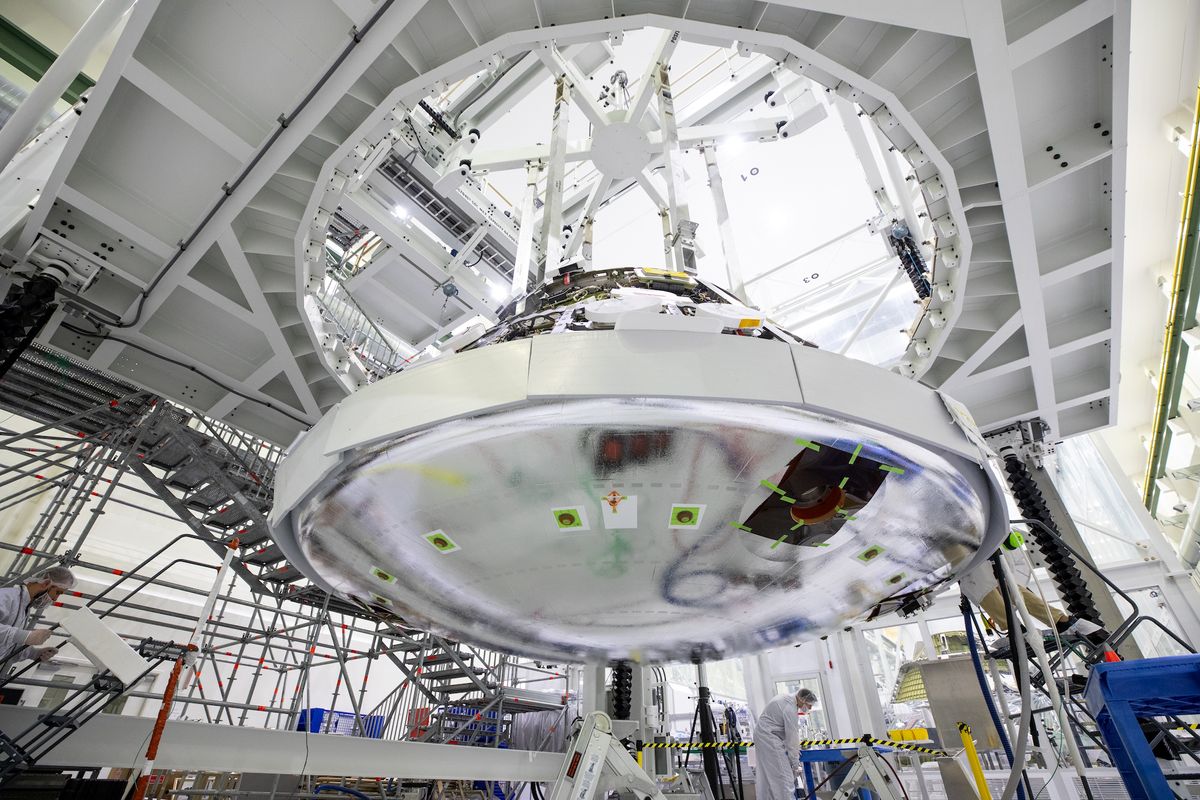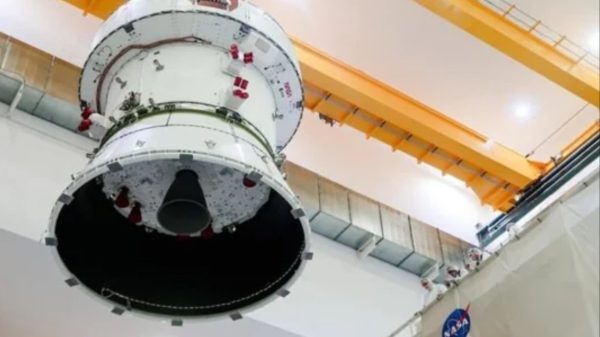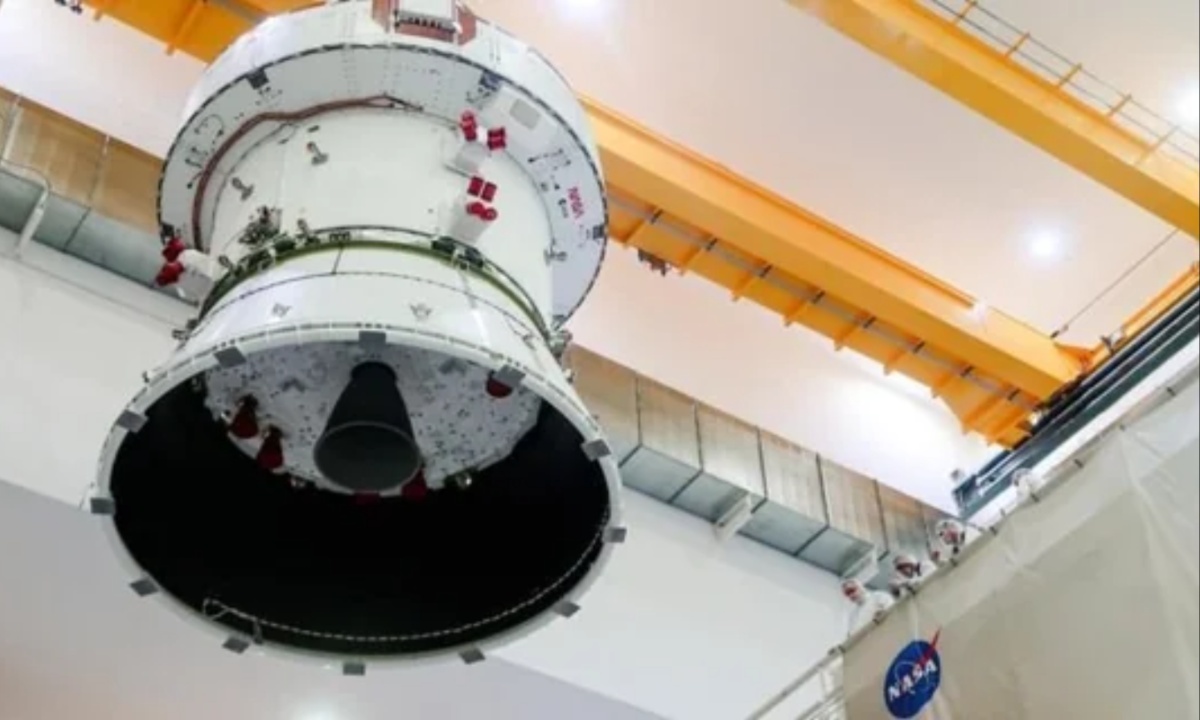Following the uncrewed Artemis I mission in late 2022, NASA has been investigating the cause of damage to the Orion spacecraft’s heat shield during its atmospheric reentry. The heat shield, constructed from a material called Avcoat, cracked and eroded unexpectedly, leading to concerns about the safety of future crewed missions.
Although NASA officials have determined the root cause of this issue, they have chosen to withhold this information until further reviews are completed. This decision comes as the agency prepares for the Artemis II mission, which is planned for September 2025.
At a recent symposium, Lakiesha Hawkins, an assistant deputy associate administrator, confirmed that they have pinpointed the cause of the heat shield damage. However, discussions within NASA regarding the implications for Artemis II are ongoing. The agency intends to share more information with the public before the end of the year.
The delay in communication and the subsequent decision-making process surrounding the heat shield’s safety is expected to coincide with the post-election period, adding to concerns about the timing and transparency of NASA’s announcements.
The Artemis II mission, a pivotal step in NASA’s human spaceflight program, aims to send a four-person crew around the Moon for ten days, marking the first human mission to travel such distances since the Apollo program.
The success of this mission relies heavily on the performance of the heat shield, which is designed to endure extreme conditions during reentry. The unexpected cracking observed during Artemis I raised significant doubts among engineers about the viability of flying with a heat shield in its current state, particularly with astronauts onboard.

Assessing Heat Shield Damage and Its Implications for NASA’s Upcoming Artemis II Lunar Mission
The Orion spacecraft’s performance during Artemis I was critical for validating its design, especially the heat shield, which was supposed to gradually burn away as it entered the atmosphere at speeds exceeding 24,500 mph.
Despite the spacecraft’s successful splashdown, the heat shield’s performance fell short of expectations, highlighting potential risks associated with human spaceflight. NASA’s leadership is now faced with a crucial decision: to proceed with Artemis II using the existing heat shield or to implement modifications that could delay the mission.
An internal investigation, coupled with an independent inquiry, concluded several months ago, revealing a conclusive determination of the heat shield’s erosion cause. Testing in NASA’s Ames Research Center’s arc jet facility successfully replicated the char loss, providing engineers with valuable insights.
However, the testing cannot fully replicate the unique stresses encountered during actual reentry. NASA continues to explore approaches to ensure astronaut safety for Artemis II, with an emphasis on potential modifications to the heat shield’s design and testing protocols.
NASA Administrator Bill Nelson is expected to make the final decision regarding the heat shield after additional testing is completed by the end of November. While the agency is striving for transparency, details about the heat shield’s issues have been communicated slowly. The first public acknowledgment of the heat shield’s unexpected performance did not occur until months after the Artemis I mission. Moreover, images revealing the damage were only released nearly a year and a half post-mission.

Assessing Heat Shield Damage and Its Implications for NASA’s Upcoming Artemis II Lunar Mission
The Government Accountability Office (GAO) reported that preliminary analyses indicated discrepancies in material permeability, contributing to the heat shield’s issues. Investigations are underway to evaluate flight trajectories and modeling to address this problem for Artemis II. However, it remains unclear whether these issues stem from design flaws or manufacturing processes, further complicating the situation as NASA pushes forward.
The current state of the Orion spacecraft for Artemis II poses challenges. The heat shield is already integrated into the spacecraft, making alterations complex and likely leading to significant delays. Engineers are hopeful that they can demonstrate that the existing heat shield is safe for flight, which would avoid the need for extensive disassembly and reassembly. Adjustments to the spacecraft’s atmospheric entry angle could help mitigate some of the heat shield’s problems.
Despite the ambitious target launch date of September 2025, uncertainties abound regarding the readiness of both the heat shield and ground support systems. Delays in stacking the Space Launch System (SLS) at Kennedy Space Center are directly tied to the heat shield decision, with the agency hesitant to commence assembly until a clear path forward is established. Furthermore, the GAO has raised concerns about ground system readiness, suggesting that achieving the target launch date may be increasingly unlikely.
Looking to the future, NASA may need to consider redesigning the heat shield and altering manufacturing methods for subsequent Artemis missions. With plans to reuse Orion capsules for Artemis VI and beyond, any necessary changes could affect the overall timeline of the Artemis program, particularly for the first planned lunar landing mission, Artemis III, which is now projected for a later date than initially anticipated.
This situation reflects the complexities and challenges involved in developing human-rated space vehicles, where even small design flaws can have significant implications for mission timelines and astronaut safety.








































